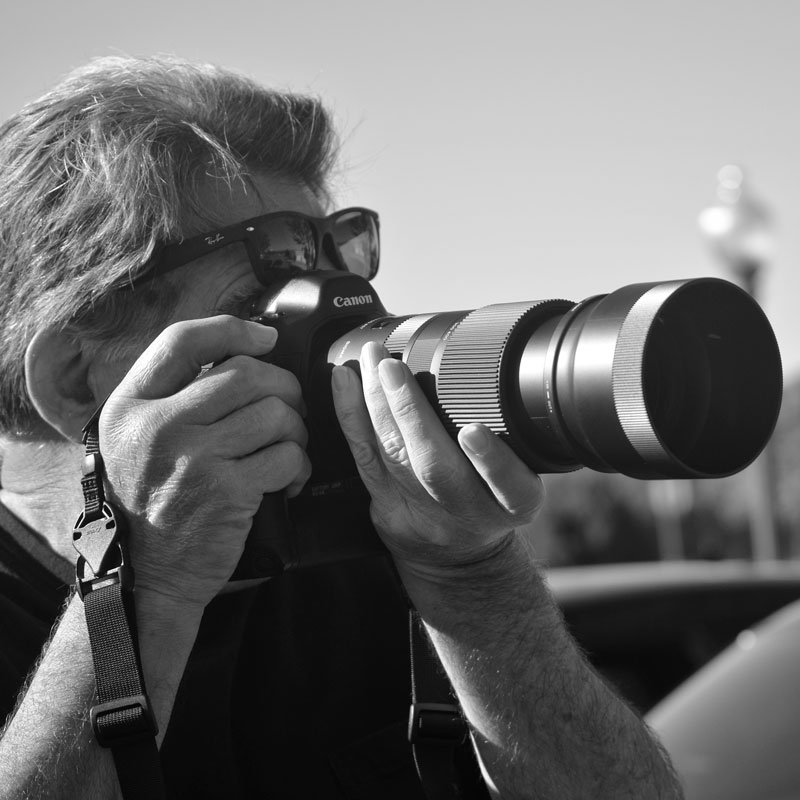Today’s Post by Joe Farace
When a customer or client has a good experience with your photography they tell two people. When they have a bad experience they’ll tell ten people, so the odds are not in your favor.
In addition to that (above) Farace’s Law, there are lots of other “rules” that can affect your profitability. Here’s another one: A prospect must encounter at least 18 “impressions” of a studio/photographer before they’re converted into a billable client. And here’s another one: 80% of the gross income of a studio is derived from 20% of its customers. If you don’t believe these rules apply to you then you’re an exception. In speaking with owners of both large and small photography operations over the years, they’ve agreed that these “rules” are true for them.
 Food for thought: How we handle client complaints is sometimes more important that the quality of our photography. Bad news travels fast but word about a bad photography shoot travels at Warp 9. We all try to do a good job but on some day’s we’re Francesco Scavullo and other days we’re Frank N. Stein. Fixing problems is an important component of the eighteen “impressions” a photographer must make before a prospect becomes a client. Some of those impressions happens when you deliver photographs and the client isn’t happy? Recently, this happened to a photographer I know and here’s how it was handled:
Food for thought: How we handle client complaints is sometimes more important that the quality of our photography. Bad news travels fast but word about a bad photography shoot travels at Warp 9. We all try to do a good job but on some day’s we’re Francesco Scavullo and other days we’re Frank N. Stein. Fixing problems is an important component of the eighteen “impressions” a photographer must make before a prospect becomes a client. Some of those impressions happens when you deliver photographs and the client isn’t happy? Recently, this happened to a photographer I know and here’s how it was handled:
They asked for a face-to-face meeting with the client to review the images and go over her problems with them. The truth is that the work wasn’t bad. It wasn’t as good as a similar assignment the studio had done a year ago but was within acceptable levels of professional performance. Because this particular client spends a lot of money, they agreed to re-shoot several but not all of the setups. This client had been a source of many referrals and my friend wanted to keep it that way. Re-shooting was cheaper (out-of-pocket costs were low) than loosing a valuable client. The client was impressed that one of the studio’s owners cared enough to work out a way to solve their problems. So what’s the big deal, you say, anyone would have done the same thing? The difference is that I would do the same thing even if a client spent very few dollars with me and had never referred an assignment.
Making impressions begins with knowing your capabilities and who you are as a photographer. When I was doing assignments, if a prospective client called me and I didn’t have the proper equipment or expertise to shoot the assignment, I’ll refer them to a photographer who could do what they wanted. Most callers were astonished at this and before I hang up, I remind them about my own specialties and ask when them to call me when they need those particular skills. I wanted to make sure that this impression has been favorable and that, over time, when they’ve accumulated the other seventeen or so impressions they’ll remember me.
If you enjoyed today’s blog post and would like to treat me to a cup of Earl Grey tea ($2.75), please click here. And if you do, thanks so much.